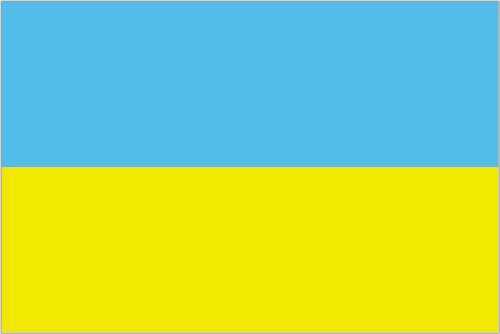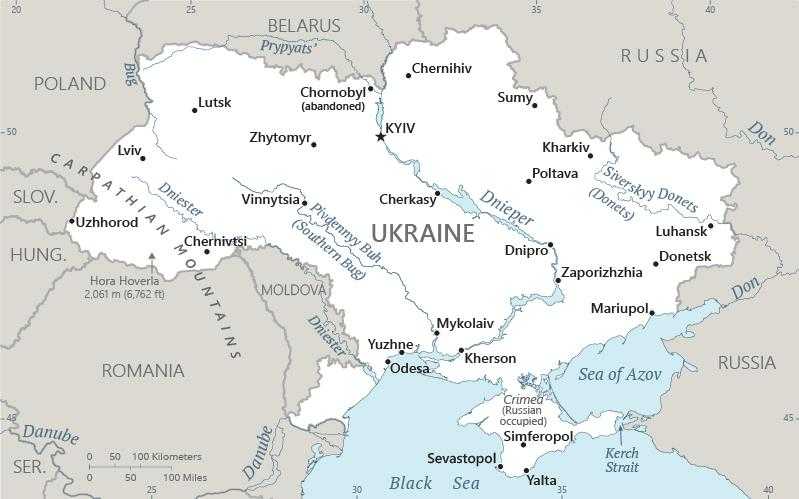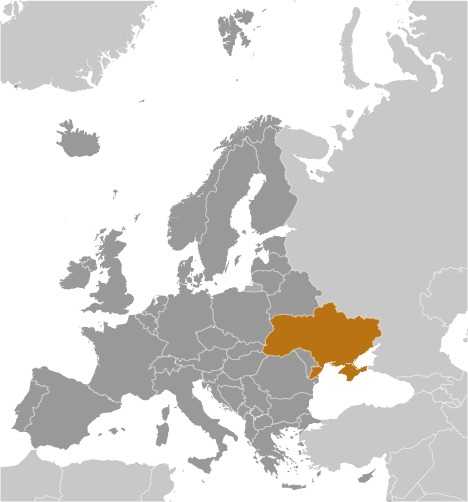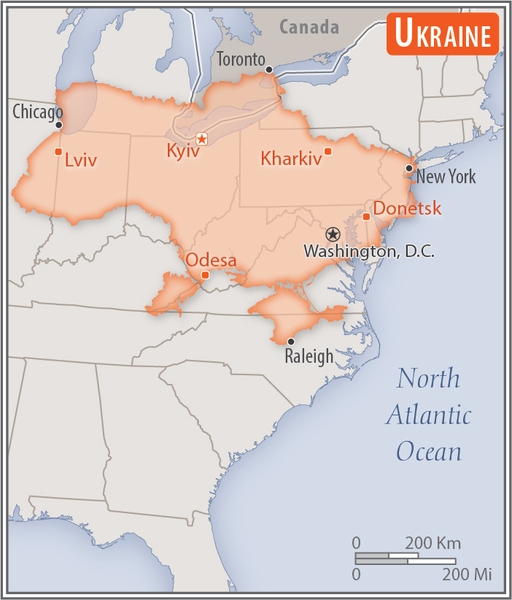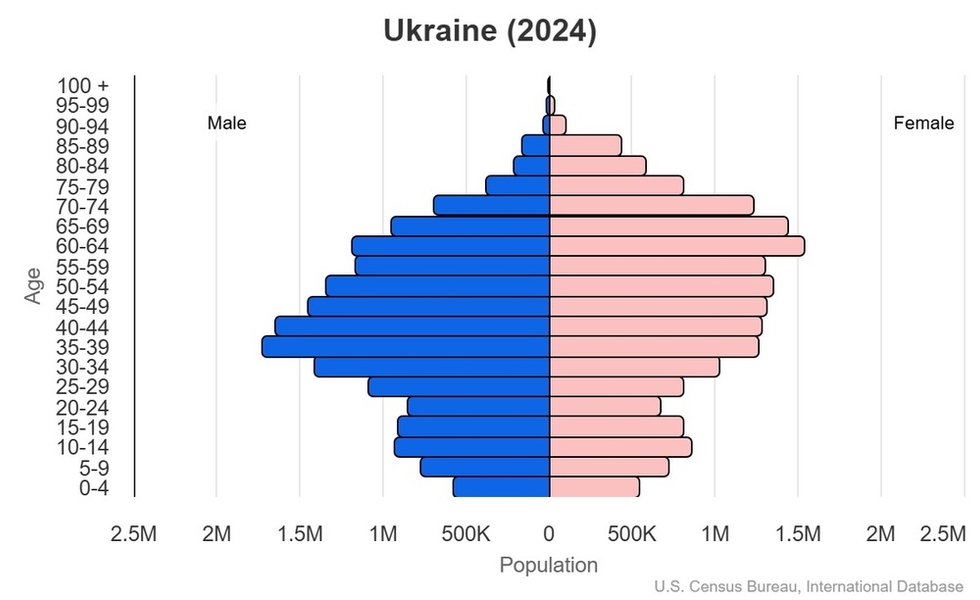Introduction
Visit the Definitions and Notes page to view a description of each topic.
Geography
People and Society
Population
comparison rankings: total 43; male 44; female 42
Languages
Median age
comparison ranking: total 25
Population growth rate
comparison ranking: 24
Birth rate
comparison ranking: 228
Death rate
comparison ranking: 1
Net migration rate
comparison ranking: 1
Maternal mortality ratio
comparison ranking: 138
Infant mortality rate
comparison ranking: total 141
Life expectancy at birth
comparison ranking: total population 173
Total fertility rate
comparison ranking: 224
Obesity - adult prevalence rate
comparison ranking: 61
Alcohol consumption per capita
comparison ranking: total 77
Tobacco use
comparison ranking: total 66
Education expenditure
comparison ranking: Education expenditure (% GDP) 33
Environment
Carbon dioxide emissions
comparison ranking: total emissions 41
Government
Economy
Real GDP (purchasing power parity)
comparison ranking: 46
Real GDP growth rate
comparison ranking: 119
Real GDP per capita
comparison ranking: 119
Inflation rate (consumer prices)
comparison ranking: 159
GDP - composition, by sector of origin
comparison rankings: agriculture 91; industry 139; services 83
Industrial production growth rate
comparison ranking: 59
Labor force
comparison ranking: 34
Unemployment rate
comparison ranking: 147
Youth unemployment rate (ages 15-24)
comparison ranking: total 58
Gini Index coefficient - distribution of family income
comparison ranking: 145
Public debt
comparison ranking: 79
Taxes and other revenues
comparison ranking: 73
Current account balance
comparison ranking: 185
Reserves of foreign exchange and gold
comparison ranking: 47
Debt - external
comparison ranking: 11
Energy
Electricity
comparison rankings: installed generating capacity 24; consumption 36; exports 37; imports 57; transmission/distribution losses 182
Energy consumption per capita
comparison ranking: 85
Communications
Telephones - fixed lines
comparison ranking: total subscriptions 59
Telephones - mobile cellular
comparison ranking: total subscriptions 36
Broadband - fixed subscriptions
comparison ranking: total 28
Transportation
Merchant marine
comparison ranking: total 48

